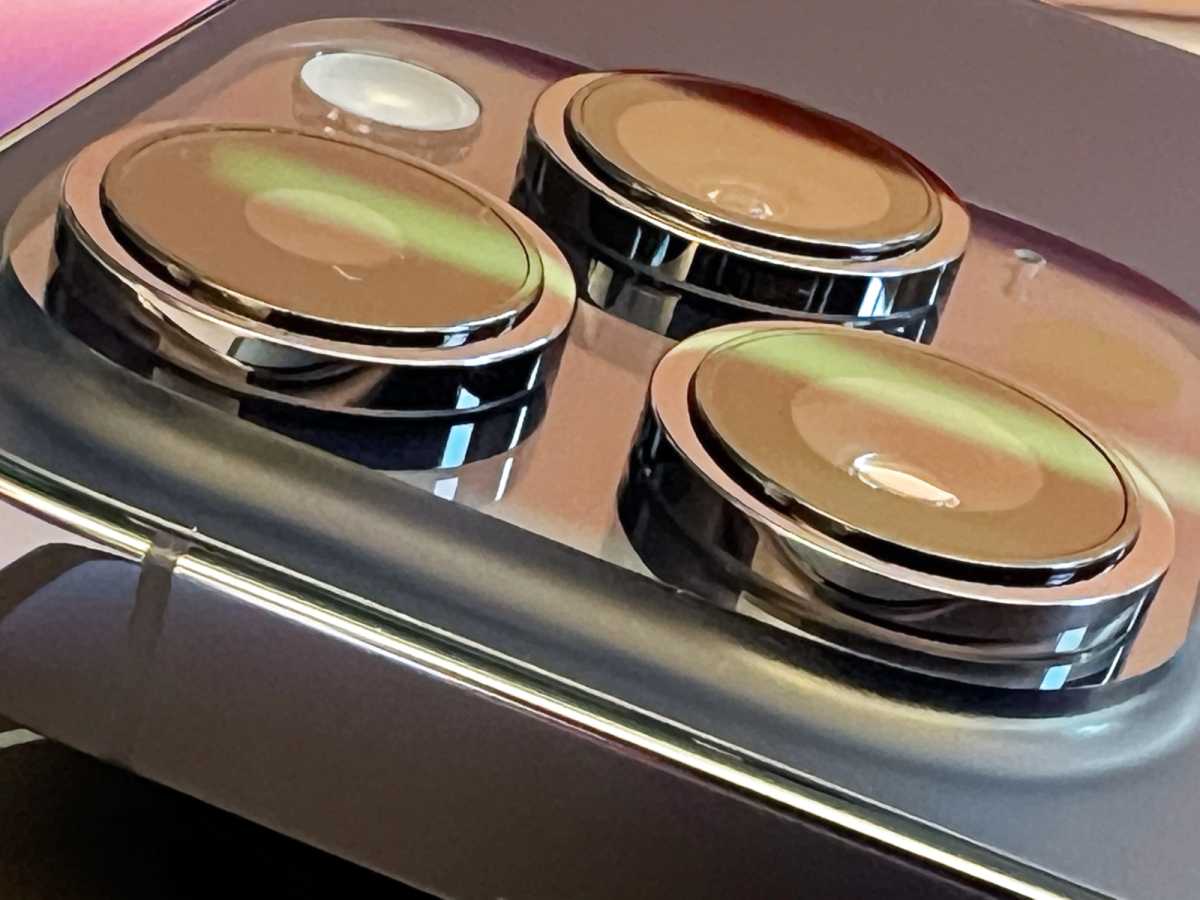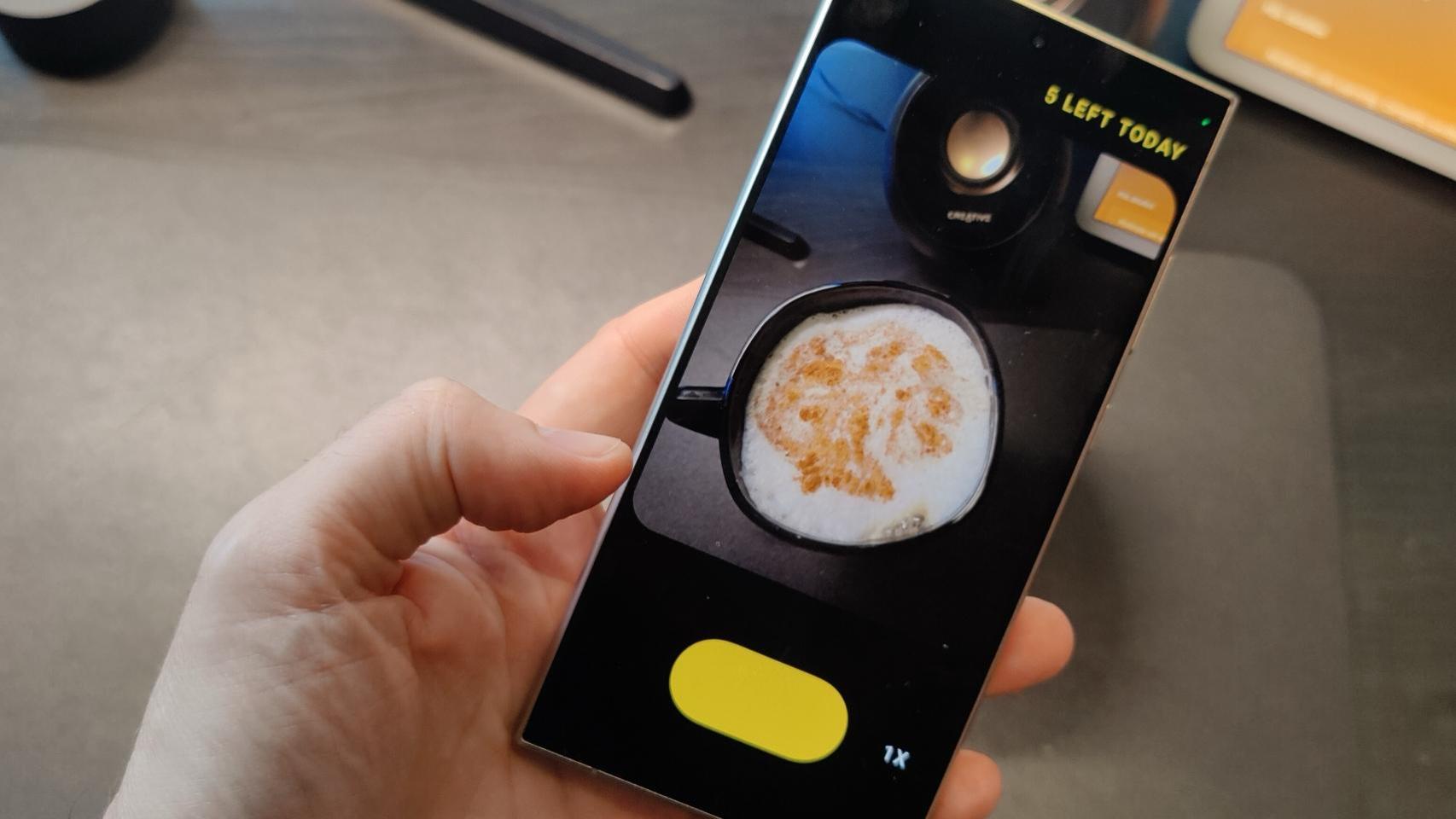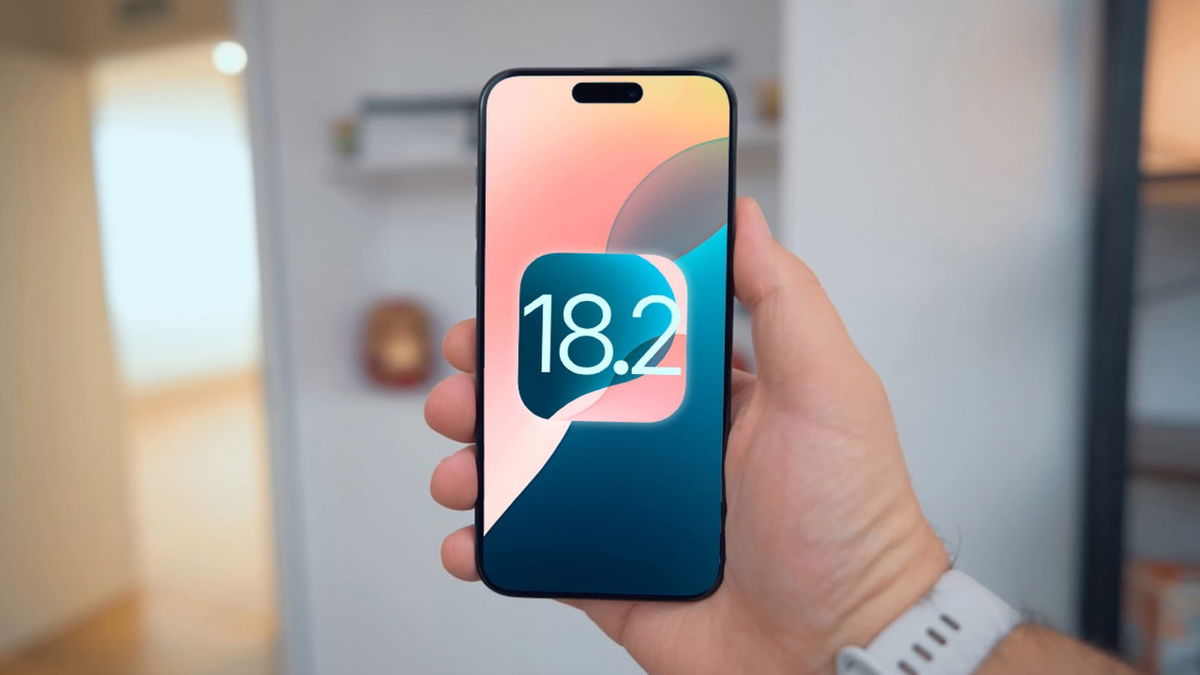Last week Apple announced its latest ‘new’ iPhone – if by ‘new’ of course you mean ‘yellow’. But that’s not uncommon for the company, which started adding a new hue to its phones around the middle of the model year.
Still, if you’re waiting for a genuine new iPhone to hit the market, you’ve still got six months to go. This means, of course, that rumors about the next iPhone, the new new iPhone, if you will, begin to take. But is this year’s update likely to be a major departure from its predecessor? Or is it just going to be on par with a yellow iPhone 14? Let’s review what will probably be one of the biggest changes.
make me a solid
The latest rumor circulating about this year’s iPhone models is the replacement of the sleep/wake and volume buttons, as well as the ringer/silent switch, with solid-state alternatives.
Solid-state buttons are kind of a middle ground between traditional physical controls and touch controls. Think of the Home button from the iPhone 7, which still appeared as a separate control, but had no moving parts. (Recent Mac trackpads have also used similar technology for some time.) While they respond to touch, they also provide haptic feedback, tricking you into thinking you’ve pressed a button.
While that certainly makes sense from the standpoint of the sleep/wake and volume buttons – getting rid of moving parts that can get dirty, sticking or jamming – the ringer/silent switch is a bit more iffy to me. Reports suggest it will be replaced by a button, but it’s unclear how it will provide different tactile feedback to indicate status. (It can be as simple as a vibration when put in silent mode and a beep when put in ring mode.)
One thing I wonder: is this a change that Apple is even likely to spend a lot of time advertising? I’m not sure it’ll get a meaningful mention in the keynote, which makes sense considering most users probably won’t notice the difference. But the removal of physical buttons means fewer moving parts to break, and that’s always a good thing.

Lightning’s end is near.
Foundry
Now USB-C me
Rumors of Apple changing the iPhone connector have persisted for years, but finally this is the year. Really, that’s it. We are sure.
Probably.
It seems the stars have finally aligned for Apple to switch ports: namely, the combination of regulatory pressure from the European Union and the growing adoption of USB-C. If the recent switch from Siri Remote to USB-C is any indication, Apple is about to embark on the transition.
In addition to getting closer to being able to charge all of your Apple devices with a single cable, USB-C also opens up additional possibilities for iPhones, if the iPad is any indication. Connecting external storage and additional peripherals via USB-C can be useful in certain situations, although some less exciting rumors suggest that Apple might lock the port on approved accessories. (Color me more skeptical about this part.)
high periscope
No, your iPhone will not have a small camera sticking out of it. One of the challenges with installing a long-throw telephoto lens in smartphones is simply that of the available space. To be able to get a bigger zoom, you need a combination of lenses and setting at distances which, if put together using the traditional smartphone camera layout, would result in a absurdly large camera bump.
So instead, the periscope design uses mirrors – like a periscope – to allow these lenses to work. longitudinal along the phone, rather than being limited to its depth. That means the potential for a telephoto lens that could feature a rumored closer zoom of 6x, bettering what’s available in current models.

The iPhone 15 Pro camera could have a longer zoom range.
Foundry
But this may not be a general improvement. Some rumors have the periscope lens limited to the larger iPhone 15 Pro Max, for example, given the amount of space available in the device. It will be a bummer for those who just don’t want a bigger phone, but it wouldn’t be the first time that Apple has put its best camera just in its most expensive model.
Model behavior
Speaking of which, another lingering question about the iPhone 15 lineup is how Apple will differentiate between its Pro and non-Pro models. Last year, for the first time, the company only put its new chip – the A16 – in the iPhone 14 Pro and Pro Max, choosing to leave the standard iPhone 14 and 14 Plus on the A15 Bionic from 2021. Presumably the iPhone 15 and 15 Plus will get the A16 this fall, while the 15 Pro and Pro Max will upgrade to the new A17.
But between that and the possibility that certain features, like the periscope lens, only arrive on the Pro Max/Ultra model, Apple is definitely making its line more complex. Colors, processors, case materials, and even software features are now all ways Apple has chosen to separate Pro phones from their non-Pro counterparts.
That’s no surprise, though, given that the company still sees significant wiggle room at the top of the iPhone market; as Tim Cook said on Apple’s latest earnings call, “I think people are ready to really stretch to get the best they can afford in this category.”
Is this iPhone 15 about to be a big upgrade over this year’s models? The smartphone has definitely matured as a product, with year-over-year changes feeling more evolutionary than revolutionary these days, but most people don’t replace their phones every year, so for those who trade in a device which is a few years old, the iPhone 15 line may very well seem like a big step forward.
Table of Contents








